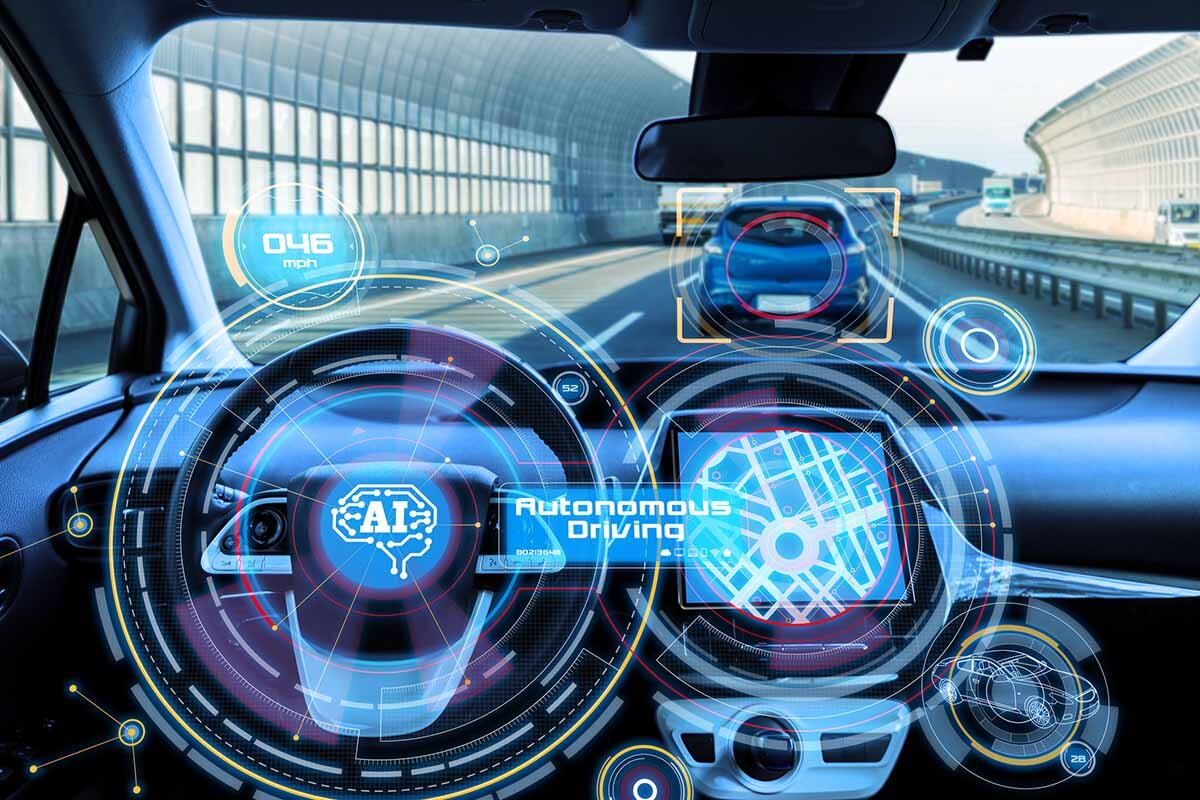Autonomous vehicles, also known as self-driving cars, have the potential to revolutionize transportation. These advanced cars use techniques such as sensors, radar and cameras, combined with artificial intelligence and machine learning to drive themselves without human input. This emerging technology is developing rapidly and many experts believe autonomous vehicles will become mainstream over the next decade.
What are Autonomous Vehicles?
Autonomous vehicles refer to cars, trucks, buses and other types of on-road vehicles that are capable of sensing their environment and navigating without human input. At a basic level, autonomous vehicles use cameras, radar and lidar sensors all around the vehicle to detect and identify obstacles including other vehicles, pedestrians, traffic signs and lights. This data is fed into onboard computers which use AI and machine learning algorithms to understand the vehicle’s surroundings in real-time and make decisions on acceleration, braking and steering as needed to navigate safely down the road.
While fully Autonomous Vehicle that can drive themselves in all conditions are still being developed, some vehicles today have autonomous capabilities like adaptive cruise control, lane centering and automated emergency braking. The goal of vehicle manufacturers and tech companies is to eventually develop self-driving systems that can handle all aspects of the driving task, even if road or weather conditions become difficult for humans.
Levels of Autonomy
The Society of Automotive Engineers has established a six-level scale to classify the different levels of vehicle autonomy, ranging from no automation to full self-driving. Most production vehicles today fall into levels 0-2, with some advanced features:
– Level 0 – No Automation: The human driver performs all driving tasks.
– Level 1 – Driver Assistance: Vehicle can handle either steering or acceleration/deceleration, but not both simultaneously.
– Level 2 – Partial Automation: Vehicle can control both steering and acceleration/deceleration in some circumstances, but the human driver must remain engaged.
– Level 3 – Conditional Automation: Vehicle can monitor the driving environment under certain conditions but the human driver must be ready to take control when needed.
– Level 4 – High Automation: The vehicle is capable of performing all driving functions under certain conditions. The driver may have the option to control the vehicle.
– Level 5 – Full Automation: The vehicle is capable of performing all driving functions under all roadway and environmental conditions. No human intervention is required.
Benefits of Autonomous Vehicles
While the technology is still a work in progress, autonomous vehicles promise many benefits once widely adopted:
Improved Safety – Over 90% of car accidents are caused by human error. Autonomous vehicles aim to drastically reduce collisions through their comprehensive sensing and ability to obey traffic laws.
Increased Mobility – Self-driving vehicles could help the elderly and disabled gain independent transportation. Ride-hailing fleets of autonomous vehicles could also reduce dependence on private car ownership.
Less Traffic & Congestion – Autonomous cars can communicate with each other, coordinating acceleration and braking to drive closer together at higher speeds. This could significantly increase road capacity during rush hour.
Energy Efficiency – Platooning autonomous vehicles together allows them to draft behind each other, reducing wind resistance and improving fuel efficiency for all vehicles in the group.
New Business Models – Car manufacturers and tech companies see autonomous vehicles as the platform for new shared mobility services. Long-distance trucking and delivery fleets could be transformed.
Challenges for Widespread Adoption
While autonomous vehicles show transformative potential, there are still many technical, social, and regulatory challenges to address:
Complex Driving Environments – Situations like construction sites, bad weather, unusual vehicle behaviors can confuse autonomous systems and humans may need to intervene.
Expensive Sensor Suite – Combining cameras, radar and lidar to perceive the environment 360° all around a vehicle adds significant cost that needs to come down for mass adoption.
Over-Reliance on Map Data – HD mapping of streets is resource intensive to keep fully up to date. Autonomous vehicles need to handle unmapped areas and construction diversions.
Network Connectivity – For advanced features like vehicle-to-everything (V2X) communication, consistent high-speed internet access is important to function properly across all roads nationally and internationally.
Public Perception – People are nervous about fully driverless vehicles and software/cybersecurity weaknesses. Ride-hailing services also concentrate risks that could damage public trust.
Regulatory Approval – Government regulations need to be established for testing, deployment and insurers’ liability of autonomous vehicles before any business models are viable nationwide. Standards around safety, cybersecurity and documentation may differ between states.
The Future Looks Bright
While autonomous driving technology faces challenges to its widespread implementation, the future looks promising. Automakers and tech companies are investing tens of billions towards research and development. Early autonomous shuttles and delivery vehicles are slowly proving capabilities within limited geofenced areas. The industry aims to commercialize SAE Level 4 high automation by the mid-2020s through autonomous ride-hailing and delivery fleets, though full Level 5 capability may still be a decade away.
As costs come down through economies of scale and capabilities improve continuously with new data and algorithms, autonomous vehicles have the real potential to change transportation in profound ways. They could make mobility cleaner, safer, and available for all. Nations that are proactive around infrastructure investments for connectivity and around guiding regulations will be well positioned to gain the economic and social benefits as autonomous transportation technologies become mainstream. An exciting new era of mobility appears imminent in the not too distant future.
*Note:
1. Source: Coherent Market Insights, Public sources, Desk research
2. We have leveraged AI tools to mine information and compile it




